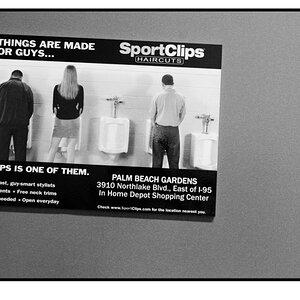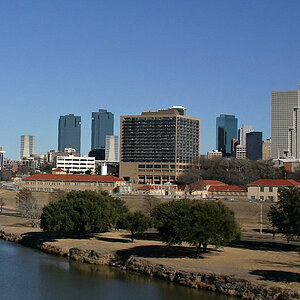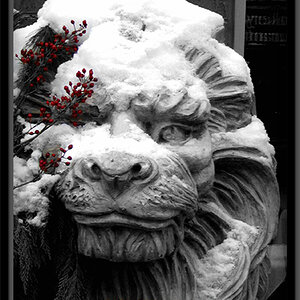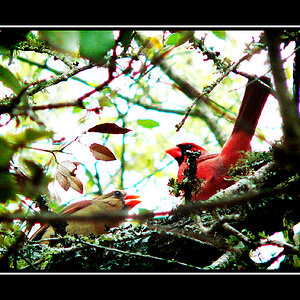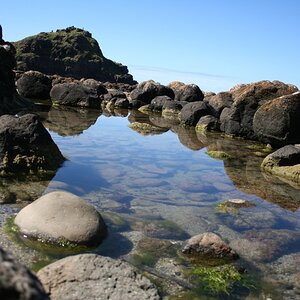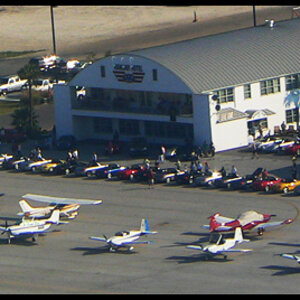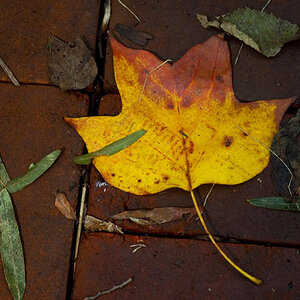padrepaul77
TPF Noob!
- Joined
- Jan 28, 2009
- Messages
- 155
- Reaction score
- 2
- Location
- Twin Cities, MN
- Can others edit my Photos
- Photos OK to edit
I was trying to shoot the moon over the cathedral last night. Unfortunately, there was a bit of glare; I'd like the moon to look smooth. Is this caused by the UV filter being on the lens? Or simply because it's a 40-second exposure and the earth is moving so the moon has slightly moved in those 40 seconds? Any suggestions?
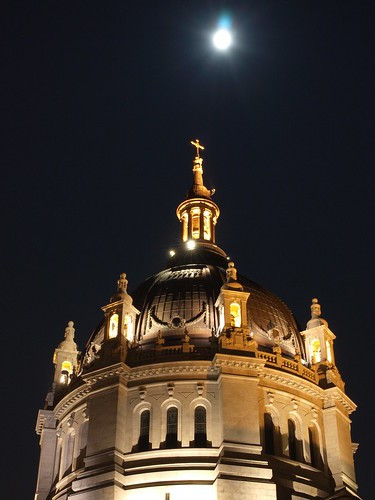




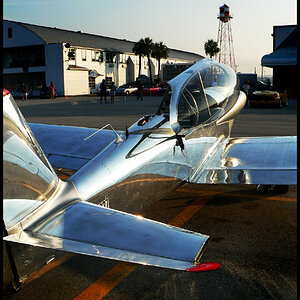
![[No title]](/data/xfmg/thumbnail/37/37606-3c9ffb5906173fa2aa489341967e1468.jpg?1619738148)

![[No title]](/data/xfmg/thumbnail/32/32703-dc864e762c9e91088156fdcab4aeea33.jpg?1619735606)

